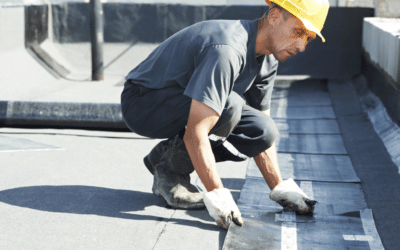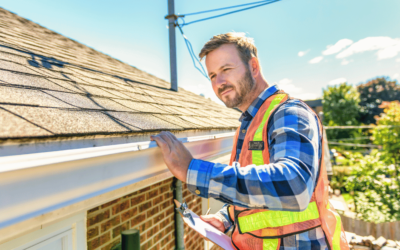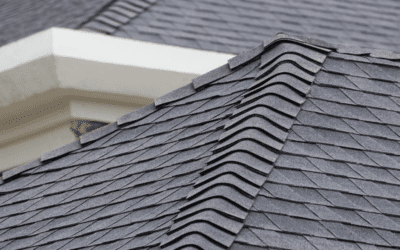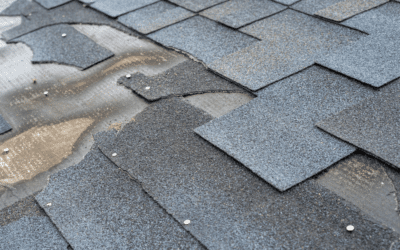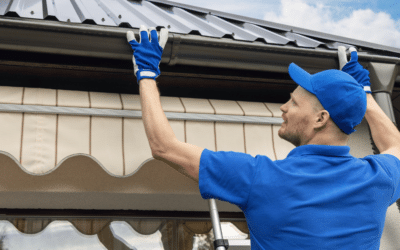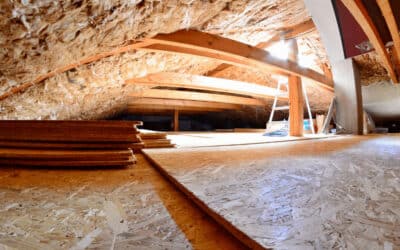Blog
Commercial Roofing Solutions: How McDonough Roofing Can Help Your Business
McDonough Roofing excels in delivering custom commercial roofing solutions designed to meet your business's specific demands. We recognize that a robust roofing system is essential for protecting your assets and improving your operation's efficiency. Our team is...
The Importance of Regular Roof Inspections: McDonough Roofing’s Advice
Maintaining the integrity of your roof is essential for protecting your home from the elements and ensuring its longevity. Yet, all too often, homeowners neglect regular roof inspections, leading to costly repairs and preventable damage. In this comprehensive guide,...
Elevate Your Home with McDonough Roofing Excellence: A Comprehensive Guide to Superior Roof Solutions
Your home is more than just a structure; it's a sanctuary for you and your family. That's why we only provide the best roofing excellence at McDonough Roofing. A superior roof does more than protect; it adds value, enhances energy efficiency, and boosts the overall...
Top Reasons for Roof Repairs: Signs You Shouldn’t Ignore
Top Reasons for Roof Repairs: Signs You Shouldn't Ignore Maintaining a robust and healthy roof is crucial for the overall well-being of your home. Often, roof issues are overlooked until they become severe problems. Understanding early signs of roof damage is not just...
Why Professional Roofing Services Matter: McDonough Roofing Explains
Roofs are the silent protectors of our homes and commercial establishments. They brave the elements, offering safety and security to the inhabitants beneath. Yet, the importance of a robust and well-maintained roof is often taken for granted. This article sheds light...
What’s the Best Roofing Material for Me?
There are many different types of roofing material available on the market today, and choosing the right one for your home can be a daunting task. However, there are a few factors you can take into account to help you make the best decision for your needs. First,...
What Is a Roof Boot and Why Is It Important?
A roof boot is a type of flashing that is used to seal the area where a pipe or vent passes through a roof. Boots are typically made of rubber or metal, and they are installed around the base of the pipe or vent to create a watertight seal. Without a boot, water can...
Tips for Converting an Attic Into a Living Space
Whether you need additional living space or want to utilize what you already have, converting an attic into a living space is a great idea. For most homes, available usable space is sparse. Getting additional living space is usually an expensive and impossible...
How Attic Insulation Can Help Your Roof
The attic is an integral part of any home for many reasons. However, did you know that quite a lot of heat or cool air escapes through your attic? Nearly half of the heat or cool air in your home escapes through the attic. An easy way to this fix is to install attic...
Best Roof Insulation Options That Will Save Money and Energy
Choosing the right insulation for your roof can make a noticeable impact on your bills. This is because proper insulation will ensure that your home stays cool when it's warm and hot when it's cold. Doing this means you won't have to rely on heating or air...
Call Us: (678) 806-7489

